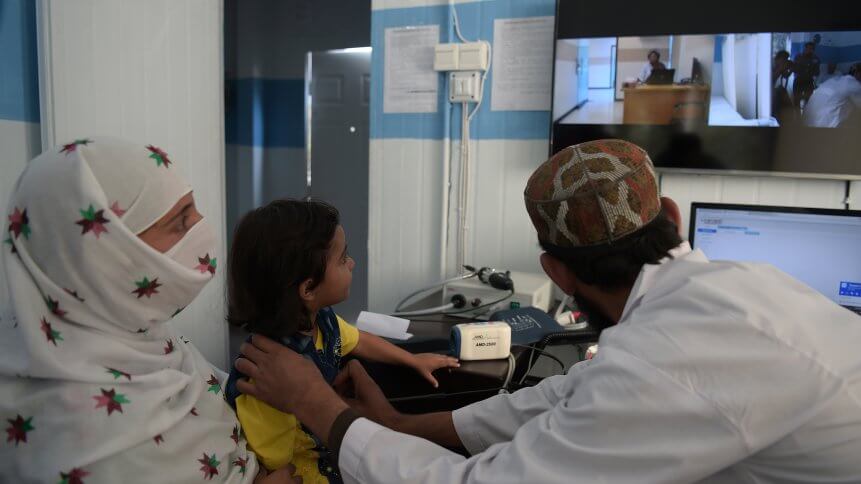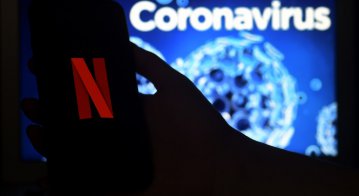Are we witnessing telemedicine’s clarion call?

In battling a pandemic on a hereto unprecedented scale in the modern world, governmental agencies and public health officials are turning to innovative healthcare solutions like never before.
Radical times call for radical solutions. While early discovery and containment of the coronavirus at its inception point in Wuhan, China, might have spared a lot of the world the heartache of lives lost – not to mention the headaches of social distancing, national emergencies, and curfews – it remains that some of the most effective methods to break the chain of viral transmission have thus far been the simple measures of washing hands and keeping distance.
But at the same time, the urgency and scope of the pandemic has given rise to solutions and containment measures that were thought of nascent or emerging – perhaps even next generational.
Telemedicine is one of those fields. There are many available applications of this technology ready to go to market already, but the need for it has never been as obviously critical as it is now.
Video conferencing with medical health professionals to gain diagnoses and suggested treatments, without exposing those same professionals to undue health risks, could become the go-to method moving forward to perform preliminary health screenings.
“The reality is that clinical brick-and-mortar medicine is rife with the possibility of virus exposure,” Dr. Jonathan Wiesen, founder and chief medical officer of telehealth company MediOrbis, told TIME. “The system we have in place is one in which everyone who is at risk is potentially transmitting infection. That is petrifying.”
MaNaDr is a virtual medicine app introduced in Singapore by personalized health platform Mobile Health, which has already consulted with over a million ‘patients’ on the tiny island. 20 percent of the country’s doctors offer some form of consultation or service on the platform, and the app has been instrumental in prescreening potential coronavirus patients.
Physicians on the platform, such as the founder Dr. Siaw Tung Yeng, will remotely diagnose people, and those found to be symptomatic (COVID-19 symptoms usually begin with a fever and dry cough) would be advised to self-quarantine for the duration of the virus’ 14-day incubation period, unless intensive care was needed.
Patients then check-in for ‘follow up’ consultations with their virtual physician on the platform, where if the patient’s symptoms worsen, the doctor is able to call for an ambulance to fetch them to the hospital. In addition to lowering the risk for everyone involved, such virtual diagnoses can dramatically limit the influx of patients into hospital waiting rooms that would already be stretched in the time of a pandemic.
Telemedicine can also serve as a powerful, reassuring communication means to reach isolated groups and communities of people in a concentrated region, providing relevant latest health and self-care updates to shield themselves not just from diseases, but from making poor panic-driven decisions, such as panic purchases, or even looting.
On a macro level, data mined from telemedicine services could be used to predict the larger trajectory of viral transmission, as well as to gauge epidemic-related movement patterns. Dr. Stephen Parodi, national infectious–disease leader at Kaiser Permanente began tracking coronavirus-related calls from the telemedicine call center’s 4.5 million members in Northern California.
“We went from 200 calls a day to 3,500 calls a day about symptoms of COVID-19, which was an early indicator of community–based transmission,” he says. “Our call volume was telling us several weeks before the country would have all of its testing online that we have got to plan for a surge in cases.”
In the US, where telehealth services and technology has been around for years without any significant adoption, the COVID-19 worldwide outbreak might well signal the wide scale implementation of telemedicine technology.
“This pandemic is almost like us crossing the Rubicon,” Dr Wiesen of MediOrbis said. “It’s a clarion call for America and for the world on how important telemedicine is.”










